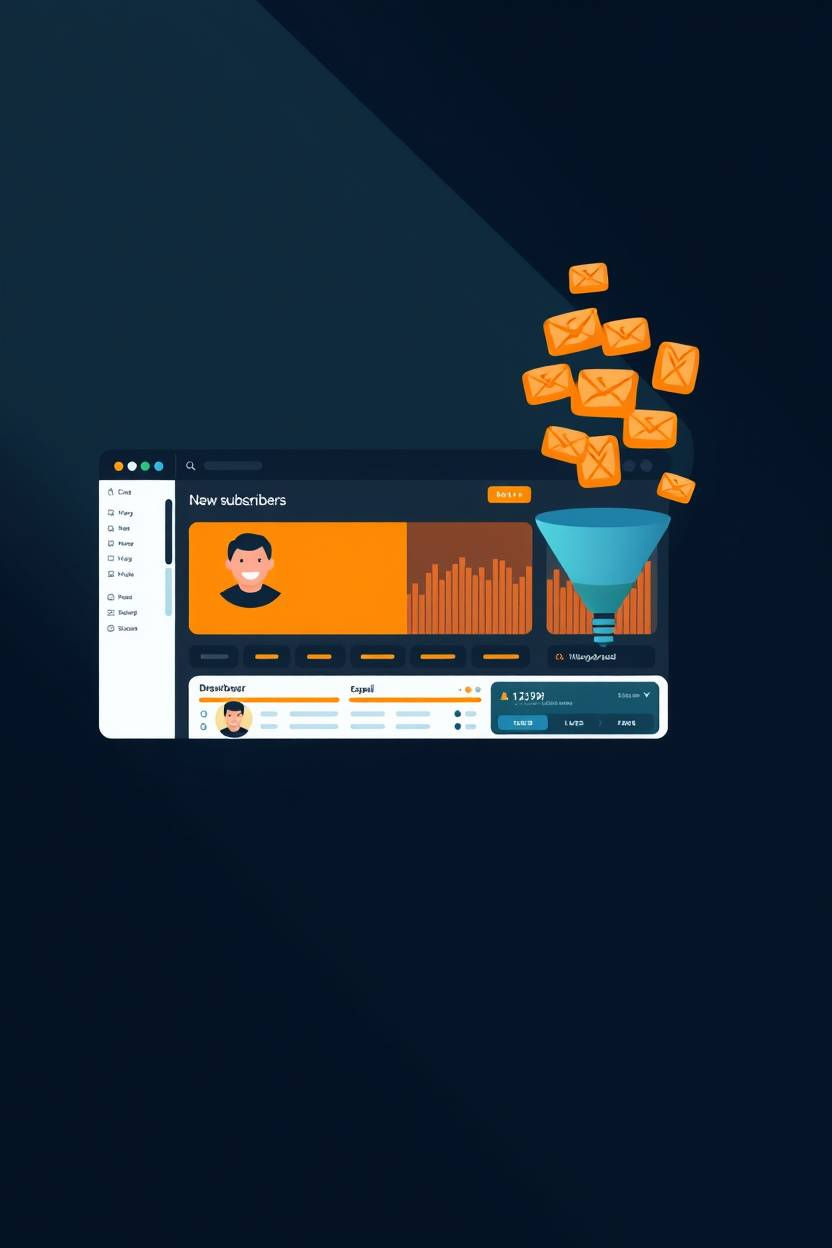Mastering Audience Profiling: The Step-by-Step Guide Every Marketer Needs
- The Modern Day Fisherman

- Aug 19
- 3 min read

Have you ever searched your entire house for something—only to realize you were looking in all the wrong places?
Marketing works the same way. If you don’t know exactly who you’re speaking to, your message will fall on deaf ears. You’ll spend energy, time, and money promoting to the wrong people—and see zero return.
The golden rule of marketing remains unchanged: know your audience before you speak.
That’s where audience profiling comes in. Think of it as building a crystal-clear picture of your ideal customer—so you can design strategies, content, and offers that resonate deeply.
This guide will show you how to build an audience profile step by step—with examples, benefits, and actionable insights you can use today.
What Is an Audience Profile?
An audience profile is your roadmap to understanding your target customers. It’s a detailed snapshot of:
Who they are
What they like (and dislike)
Where they hang out online
What challenges they face
How you can solve their problems
Instead of blindly guessing, you gain a clear lens into your customer’s world. That means better strategies, sharper campaigns, and stronger connections.
Why Audience Profiling Is a Game-Changer
When you know your audience inside-out, everything in your business improves:
✨ Retention – Keep customers coming back.
✨ Conversions – Speak their language & close more sales.
✨ Market penetration – Break into new niches faster.
✨ Competitiveness – Stay one step ahead of competitors.
✨ ROI – Higher returns, lower wasted ad spend.
In short: the more you know, the faster you grow.
Step-by-Step Guide to Building an Audience Profile
1️Identify Possible Audiences
Start by brainstorming who might benefit from your product or service. Think beyond the obvious. Markets shift—sometimes your best customers aren’t the ones you originally expected.
Example: A software tool designed for e-commerce may also work perfectly for real estate agencies running cold-call campaigns.
2️ Prioritize Your High-Value Audience
Don’t try to profile everyone at once. That spreads you too thin. Instead, pick one high-priority group to focus on.
Ask:
Who has the most buying power?
Who influences others?
Who can you realistically reach today?
Focused attention = sharper strategies + better results.
3️ Collect the Right Data
Data is the fuel of profiling. Use tools like:
Google Analytics for demographics & traffic.
Social Media Insights for engagement trends.
CRM tools for customer behavior tracking.
This gives you both quantitative data (numbers, demographics) and qualitative data (motives, emotions, challenges).
4️ Dig Into Audience Preferences
Numbers only tell part of the story. Go deeper with psychographics—values, beliefs, interests, and emotional triggers.
Ask:
What motivates them to buy?
What style of communication do they prefer?
What frustrates them about your industry?
Example: During Black Friday, data shows that urgency-based promotions skyrocket sales. Knowing this helps you design irresistible seasonal campaigns.
5️ Understand Pain Points & Challenges
Your audience’s struggles are your biggest opportunities.
Cart abandonment? ➝ Use retargeting emails.
High bounce rates? ➝ Optimize your landing page.
Price sensitivity? ➝ Offer bundles or flexible payment plans.
The clearer you are about what stops them from buying, the faster you can remove those barriers.
6️ Segment Your Audience for Precision
Not all customers fit into one neat box. Break your audience into segments (e.g., beginners vs. advanced users, budget buyers vs. premium buyers).
This lets you send the right message to the right people at the right time.
7️ Track Influencers & Audience Drivers
Every industry has influencers or thought leaders who shape opinions. By identifying them, you can:
Partner for collaborations.
Leverage their authority to boost credibility.
Ride existing trust to speed up conversions.
8️ Keep Updating Profiles
Markets evolve. Preferences shift. New competitors rise.
If your profile is outdated, your strategy will miss the mark.
Update your audience profile regularly to stay fresh and relevant.
Goldmine Secret Tip
Don’t just collect data—humanize it. Create audience avatars complete with names, photos, and personalities.
Example:
“Savvy Sarah” – 29, digital marketer, values tools that save time.
“Budget Ben” – 35, freelancer, price-sensitive, always looking for deals.
When you talk to “Sarah” or “Ben,” your campaigns become 10x more personal—and conversions skyrocket.
Final Thoughts
Building an audience profile isn’t just about research—it’s about creating a living, breathing strategy tool that guides your business decisions.
When you know exactly who you’re speaking to:
Your marketing gets sharper
Your customers feel understood
Your business grows faster
Start small, stay consistent, and keep evolving with your audience.
%20(3%20%C3%97%203%20in)%20(1).png)






Comments